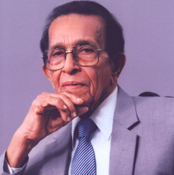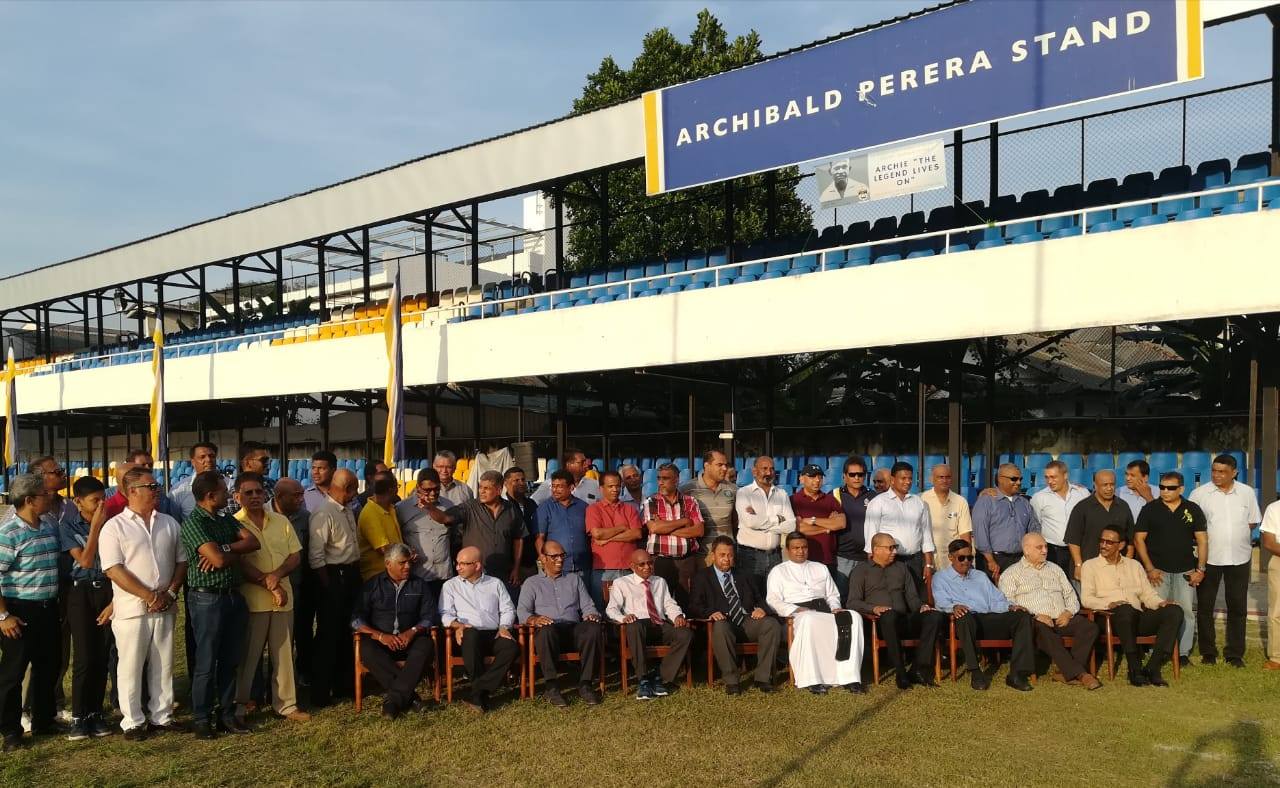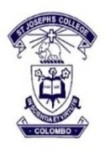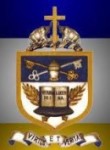In Memoriam! DR. P. R. ANTHONIS (1911‐2009)
Dr. P.R. Anthonis: A humanist par excellence

Dr. P.R. Anthonis
Young Anthonis was admitted to St.Joseph’s College South, as St. Peter’s College was known then, at the age of 11, on the condition he improved his knowledge of English. He made headway within three months and in the fifth standard, won the class prize for English. The brilliant student he was, he ended up carrying away almost all class prizes at the annual prize givings at St.Peter’s College.
Entering the University College to do the pre-medicals, he came first in the batch. He entered Medical College in 1930, excelled in his studies and won the Loos Gold Medal for Pathology, the Mathew Gold Medal for Forensic Medicine, the Rockwood Gold Medal for Surgery and the Government Diploma Medal. He passed out of the Medical College in 1936 and took up appointment as a Medical Officer in the public service.
Dr. Anthonis was awarded a scholarship to study surgery in the UK in 1937, but the second world war prevented him from going abroad. However, he proceeded to the UK in 1945 to obtain his FRCS and was the first to be successful in the Primary and the Final Examinations in the first sittings thereby not only creating a record at the Royal College of Surgeons, but also becoming the youngest Fellow of the College. Dr. Anthonis was also the first non-university officer to be appointed by the Royal College of Surgeons of England as an Examiner to Primary FRCS, FDS and FFA Examinations.
Returning to Sri Lanka in 1947, turning down a lucrative job in the UK, being eager to serve his motherland, he was appointed Consultant Surgeon to the then premier medical institution in the Island, the present National Hospital. Until his retirement from public service, the healing angel saved the lives of thousands of people serving in hospitals in many parts of the country, working from the early hours of the day and going up to late hours in the evening. Dr. Anthonis, the trade unionist, led a strike of Medical Specialists on February 1964, against the Government’s decision to abolish private practice in respect of the Doctors as from August 1, 1964.
He retired from the public service at the age of 60 in 1971 and took to private practice. Until his demise, he operated on nearly 50,000 persons from all walks of life without stress on the financial aspects.
Dr. Anthonis was bestowed the highest National Honour Deshamanya in 1986 and was also honoured with the Visva Prasadini Award. He was the Chancellor of Colombo University from 1981 to 2003. The Government of Japan awarded the “Order of the Sacred Treasure of Japan” in 1981 in recognition of the services rendered by him in promoting Sri Lanka – Japan cultural and friendly ties. The medical profession extended him the honour “Pride of the Medical Profession”, the only professional so honoured.
His surgical prowess was legendary, and his stamina for service to the people was boundless. He was one of the few who could operate with both hands.
He was a learned, well-informed person versed in classics, philosophy and arts. He cherished traditional cultural values. He was a well-poised personality uninfluenced by fame and success. He was a humanist par excellence. That was Dr. P.R. Anthonis, the Everest among professionals.
Dr. Anthonis was a supreme being who certainly had reached the first stage of deliverance from Sansara as a Buddhist.
May he attain the Supreme Bliss of Nibbana!








